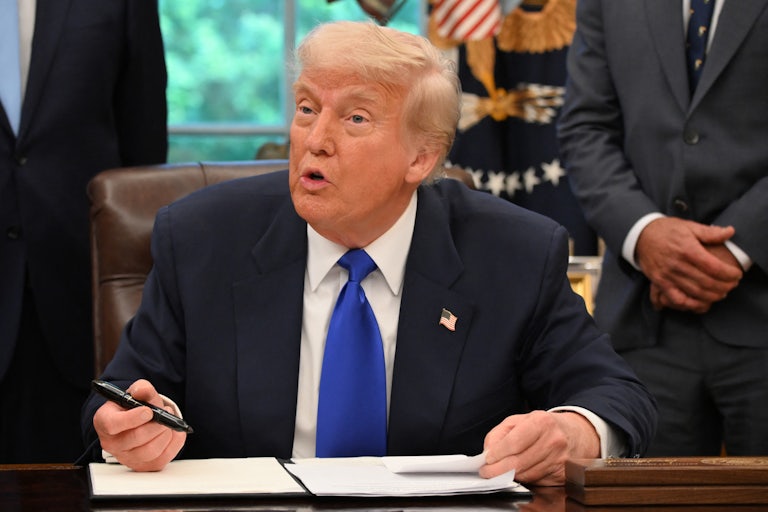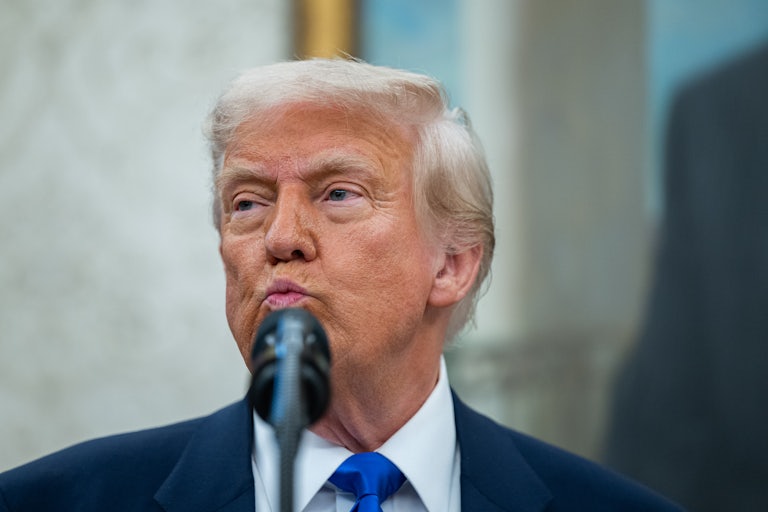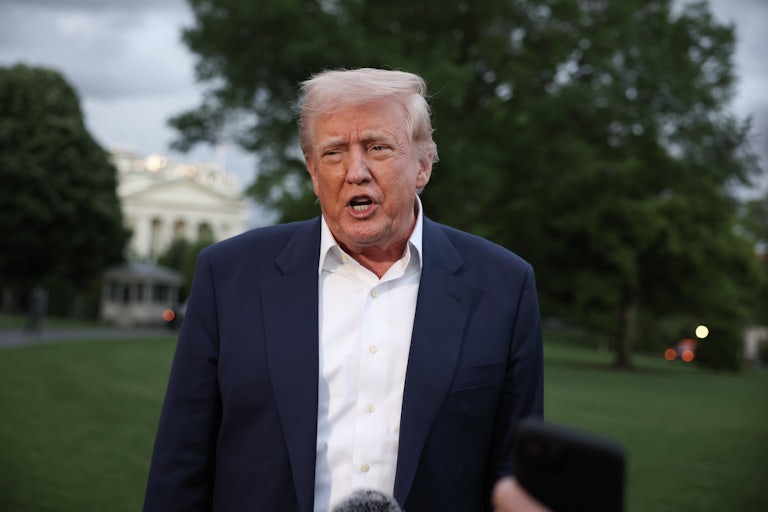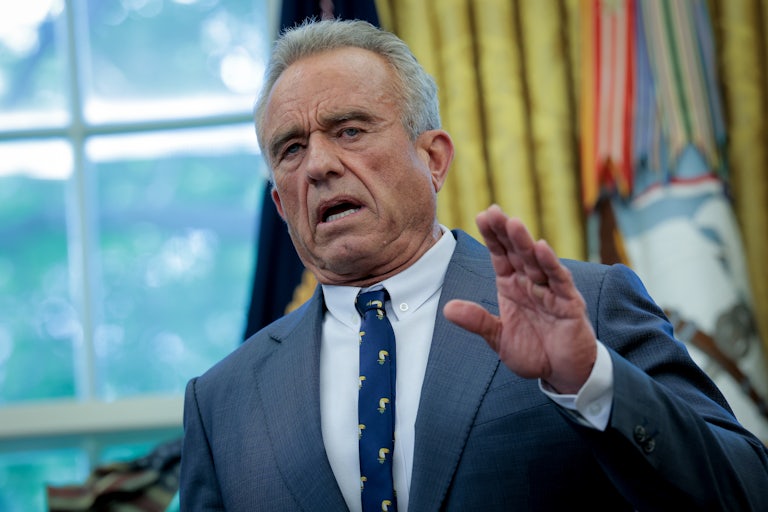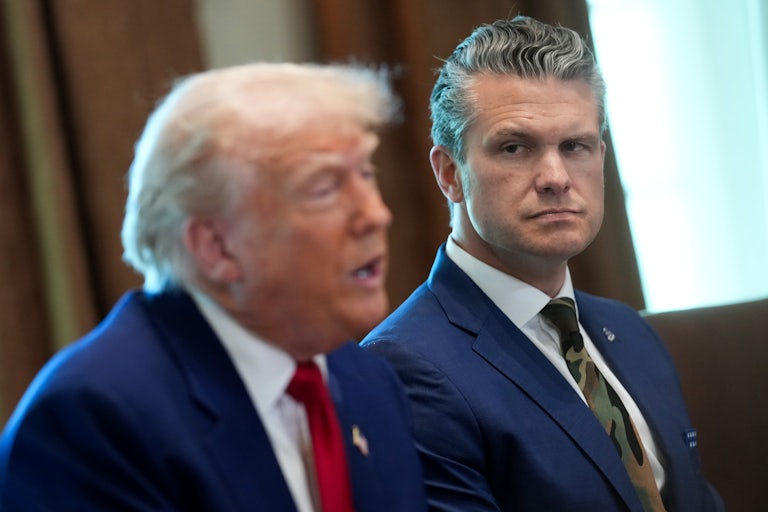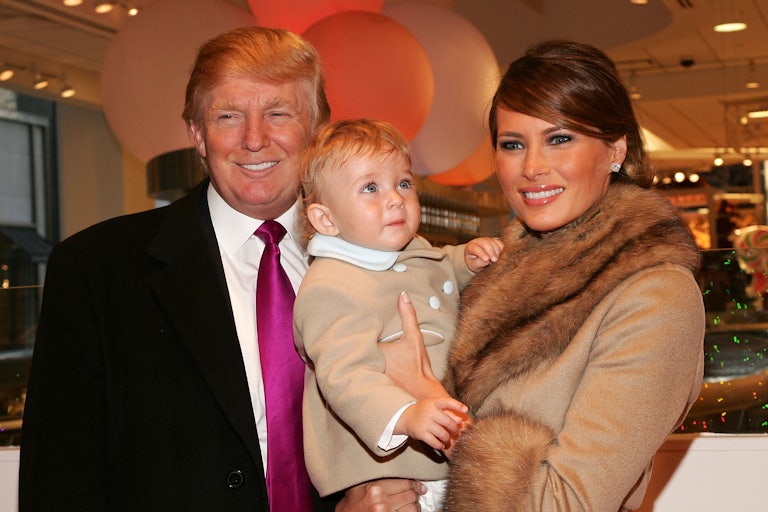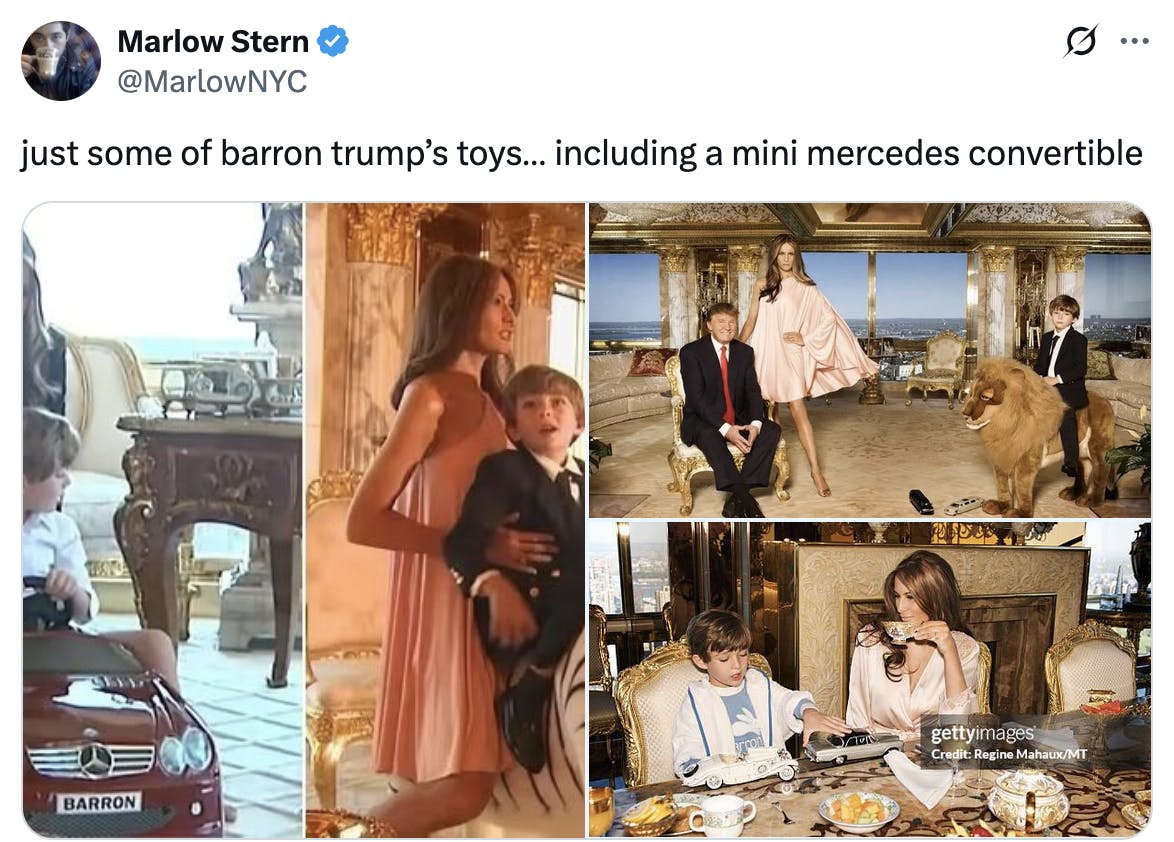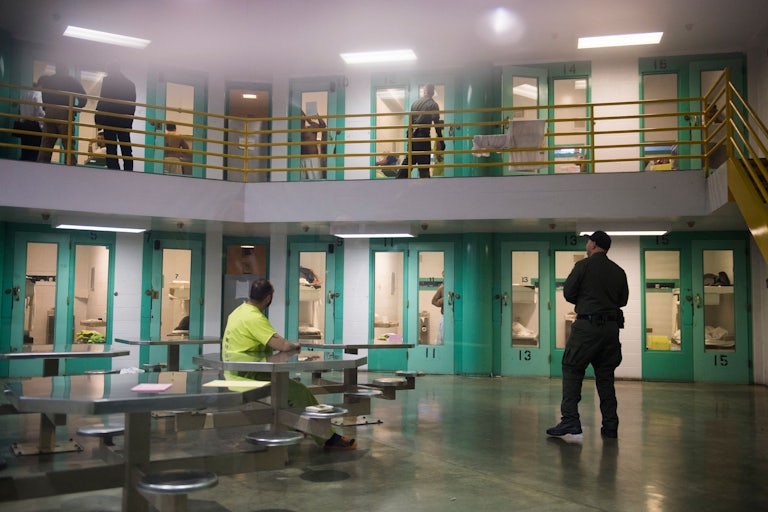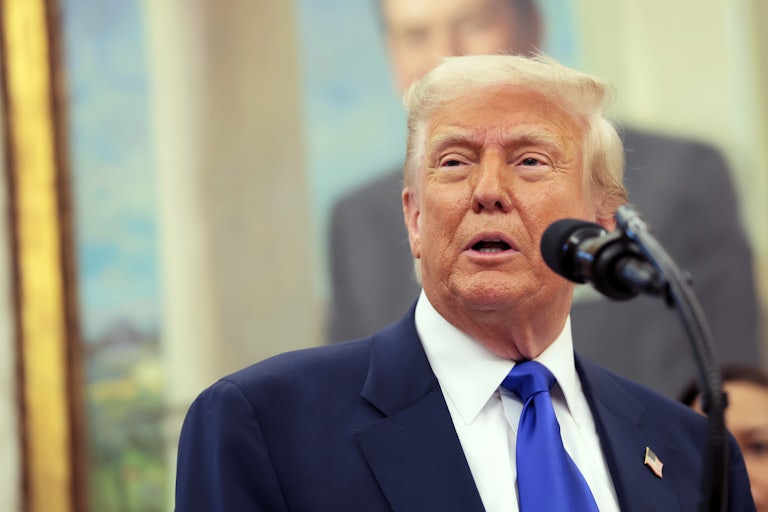Trump Trashes Canada Just Minutes Before Prime Minister Visits
Donald Trump continues to insist that Canada needs the United States.
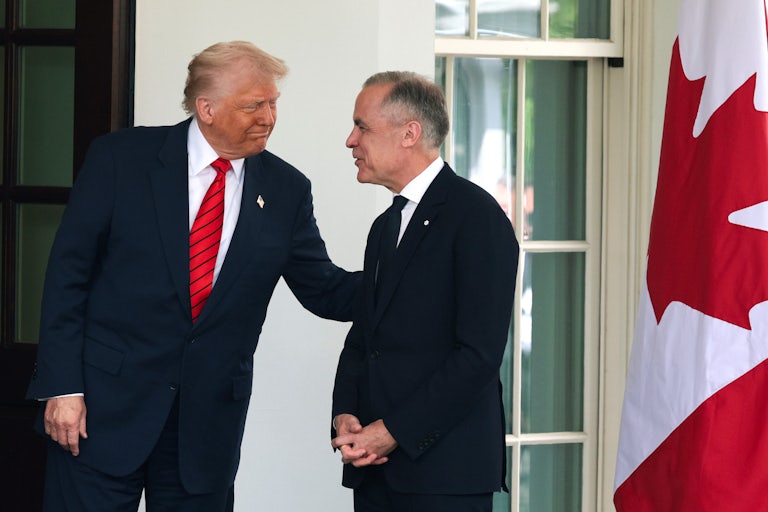
Donald Trump made a wild post Tuesday slamming Canada, just moments before Canadian Prime Minister Mark Carney arrived at the White House for a tense meeting to discuss tariffs.
“I look forward to meeting the new Prime Minister of Canada, Mark Carney. I very much want to work with him, but cannot understand one simple TRUTH—Why is America subsidizing Canada by $200 Billion Dollars [sic] a year, in addition to giving them FREE Military Protection, and many other things?” Trump wrote in a post at 11:23 a.m. on Truth Social.
“We don’t need their Cars, we don’t need their Energy, we don’t need their Lumber, we don’t need ANYTHING they have, other than their friendship, which hopefully we will always maintain. They, on the other hand, need EVERYTHING from us! The Prime Minister will be arriving shortly and that will be, most likely, my only question of consequence.”
Carney arrived at the White House at noon, according to NBC News.
Trump’s meeting with Carney will be their first in-person interaction since Trump announced he would impose 25 percent tariffs on U.S. exports to Canada. The U.S. president has facilitated a rapid breakdown in relations between the neighboring countries, continually criticizing Canada’s dependence on the U.S. and repeatedly joking that it should become the fifty-first state.
Carney responded to Trump’s aggression in April, proclaiming that Canada’s old relationship with the U.S. was “over” and that the country would begin seeking new trading partners.
After Carney’s Liberal Party won Canada’s national election late last month, he started out his new term by dissing Trump.
“As I have been warning for months, America wants our land, our resources, our water, our country. But these are not idle threats. President Trump is trying to break us so that America can own us,” Carney said. “That will never ever happen.”
